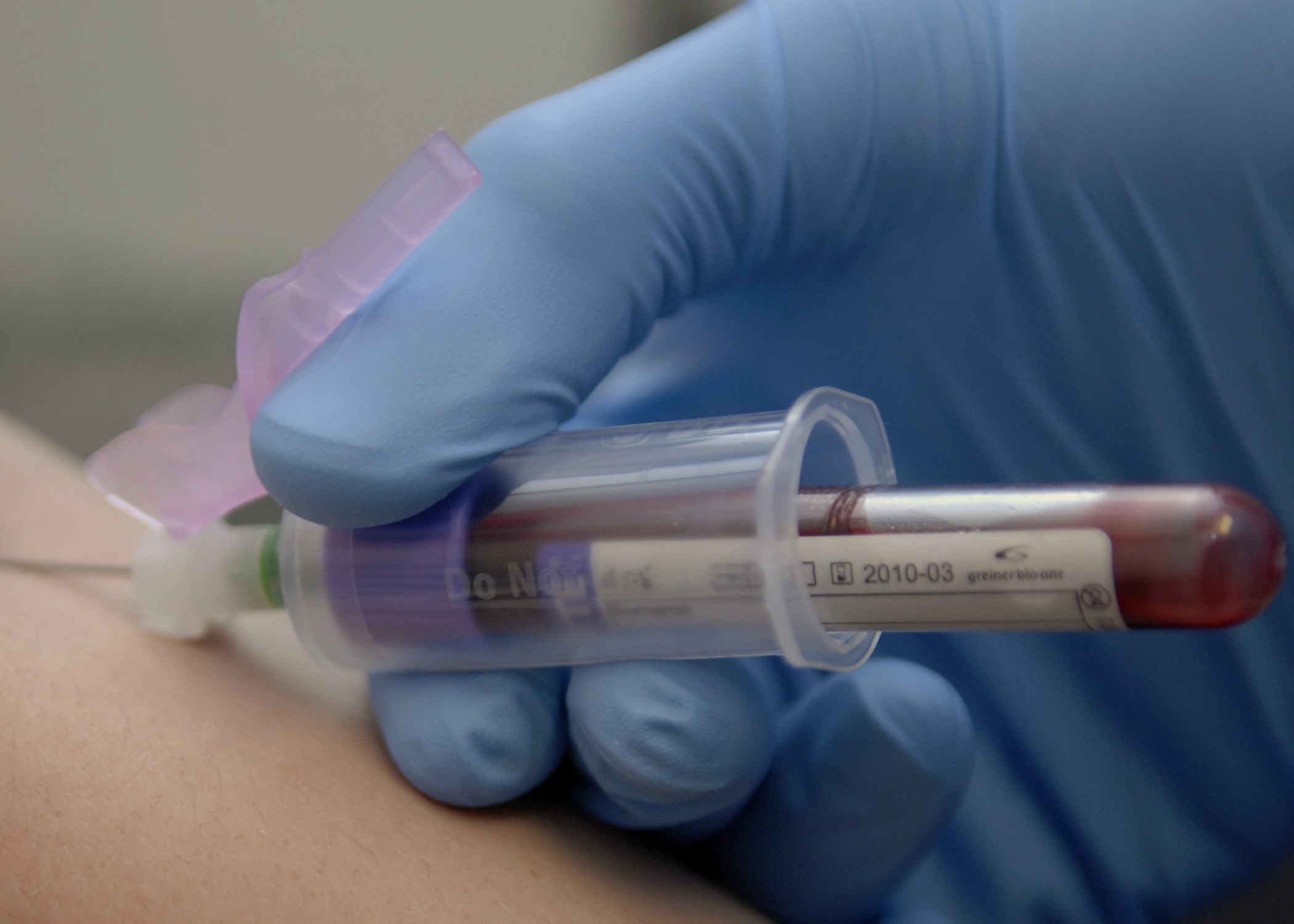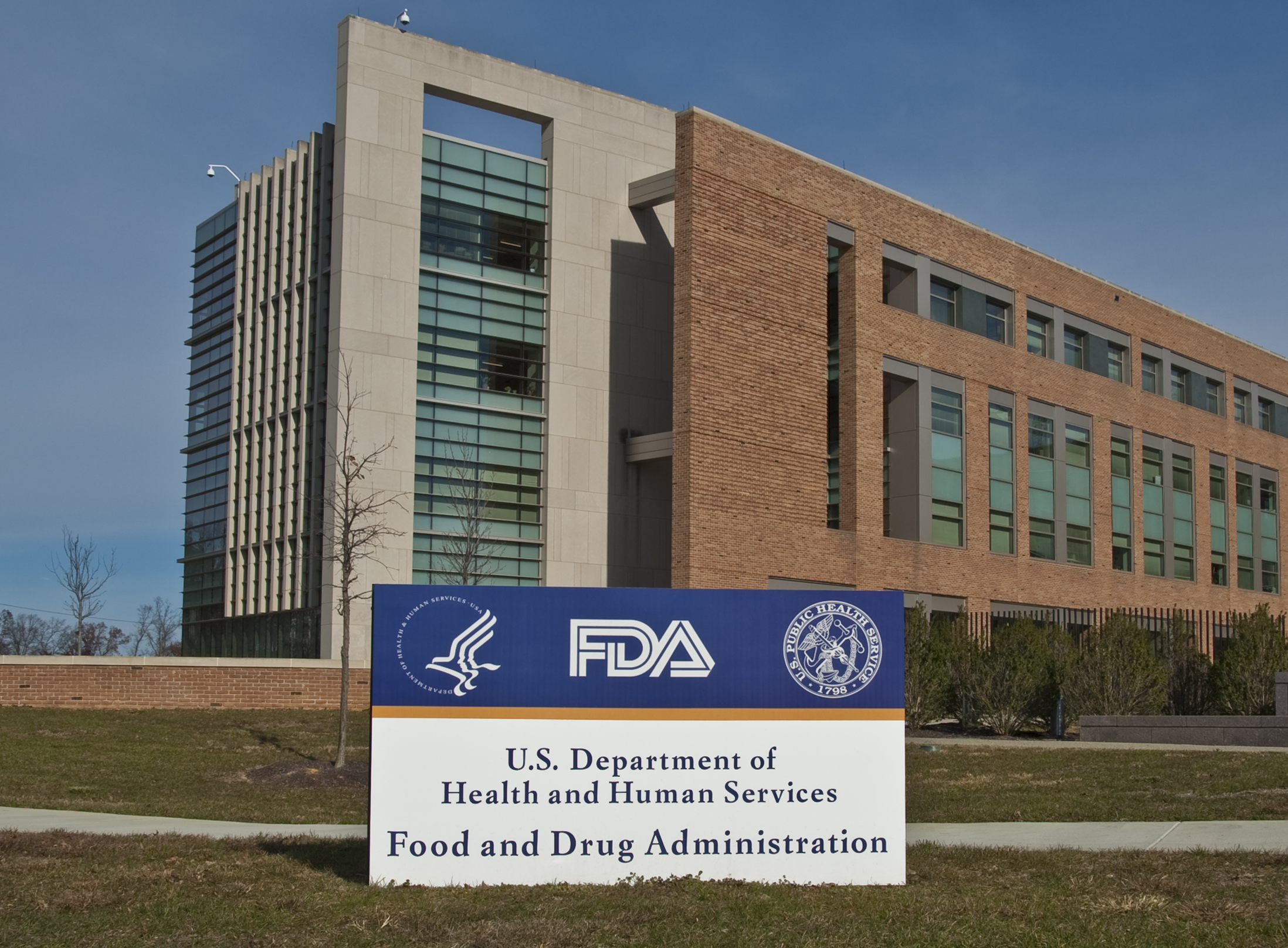ARTICLE SUMMARY:
The global COVID-19 outbreak has implications in many directions, including diagnostics reforms, the device supply chain, and China’s use of electronic device submissions. We discuss those, as well as a big meeting taking place next week in Brussels on the upcoming Medical Device Regulation; noteworthy FDA warning letter trends; Medicare’s latest look at colorectal cancer screening; and much more in the latest Pathways’ Picks.
The coronavirus outbreak has important implications for medtech. This edition of Pathways’ Picks keeps you up to date on that rapidly evolving story, along with the latest big steps on the EU MDR, and much more.
Eye on Coronavirus
 24-hour EUA turnaround? Multiple IVD manufacturers, including Cepheid Inc. and Qiagen NV (which entered into an agreement to be acquired by Thermo Fisher Scientific Inc. on March 3), are pursuing Emergency Use Authorizations for coronavirus (COVID-19) assays, including lab-centric and point-of-care tests. FDA officials are urging companies to leverage the pre-Emergency Use Authorization (EUA) process (described in a recent “From the Experts” column in Market Pathways). Using that process, firms can submit portions of an EUA as they are ready, allowing a “rolling review,” said Timothy Stenzel, who runs FDA’s IVD office, during a March 2 webinar. For the two lab-based EUAs granted so far, FDA has been able to turn around decisions within 24 hours after the final part of an application comes in, he said.
24-hour EUA turnaround? Multiple IVD manufacturers, including Cepheid Inc. and Qiagen NV (which entered into an agreement to be acquired by Thermo Fisher Scientific Inc. on March 3), are pursuing Emergency Use Authorizations for coronavirus (COVID-19) assays, including lab-centric and point-of-care tests. FDA officials are urging companies to leverage the pre-Emergency Use Authorization (EUA) process (described in a recent “From the Experts” column in Market Pathways). Using that process, firms can submit portions of an EUA as they are ready, allowing a “rolling review,” said Timothy Stenzel, who runs FDA’s IVD office, during a March 2 webinar. For the two lab-based EUAs granted so far, FDA has been able to turn around decisions within 24 hours after the final part of an application comes in, he said.
Stenzel also acknowledged during the webinar that there is limited availability of viral isolates or viral RNA (offered by BEI Resources and UTMB) that companies would need to develop tests. “If you have any issues in ordering that from those two entities, please send us an email to CDRH-EUA-Templates@FDA.HHS.Gov, and we will work with you.”
 Impact on Dx reforms? Initial problems with the first COVID-19 assay to gain an EUA resulted from shortfalls in laboratory procedures and quality control, rather than test design, FDA’s Stenzel affirmed. The Centers for Disease Control & Prevention’s COVID-19 test was granted an EUA February 4, but many state public health labs ran into problems verifying its accuracy, which led to delays in the rollout of testing in the US. “We believe the design of the original CDC assay that was reviewed in the EUA application was solid,” Stenzel said. “The design was good,” he said. “It was a manufacturing issue that we [CDC with FDA’s assistance] have now resolved.” It was Stenzel who identified shortfalls in the CDC lab’s procedure while providing technical assistance, according to reporting by Axios.
Impact on Dx reforms? Initial problems with the first COVID-19 assay to gain an EUA resulted from shortfalls in laboratory procedures and quality control, rather than test design, FDA’s Stenzel affirmed. The Centers for Disease Control & Prevention’s COVID-19 test was granted an EUA February 4, but many state public health labs ran into problems verifying its accuracy, which led to delays in the rollout of testing in the US. “We believe the design of the original CDC assay that was reviewed in the EUA application was solid,” Stenzel said. “The design was good,” he said. “It was a manufacturing issue that we [CDC with FDA’s assistance] have now resolved.” It was Stenzel who identified shortfalls in the CDC lab’s procedure while providing technical assistance, according to reporting by Axios.
Advocates for the IVD test kit sector are taking note of that distinction, and suggesting that the CDC test situation offers a case study as to why comprehensive diagnostic regulatory reforms are needed. As the outbreak escalates, lawmakers are scheduled this week to introduce legislation (VALID Act) in the House and Senate that would bring laboratory-developed tests, like the CDC test, and test kits manufactured by diagnostics companies under the same regulatory rules, including consistent pre-market review and quality system requirements. Because COVID-19 is a declared public health emergency, CDC faced the same EUA process that test kit manufacturers are pursuing, but, unlike test kit makers, CDC labs do not employ the FDA Quality System Regulation to manufacture tests. IVD industry representatives are saying on background that better quality systems could have prevented the CDC problems, and suggest this could end up being one factor that drives momentum for the broader reforms. However, in the short term, it’s possible introduction of the VALID Act could be delayed as lawmakers prioritize their focus on the US COVID-19 emergency response.
Labs get leeway. The US agency issued a rare Saturday guidance document February 29, putting into immediate effect a policy that allows “high complexity” clinical laboratories to validate and offer their own COVID-19 testing in advance of submitting an EUA with FDA. Outside of a public health emergency situation, these highest-functioning labs have leeway to make and offer testing services without FDA oversight (something that would change under VALID). This latest guidance opens up a similar enforcement discretion policy for emergency coronavirus tests, but with the caveat that labs are expected to submit EUAs within 15 days after clinical testing starts being offered. On the same day, FDA granted a second EUA to two public health labs in New York State. In addition, FDA and CDC are working with lab reagent firm IDT Inc. to provide the authorized CDC test to a broader array of labs, including commercial operations.
Lab industry. Meanwhile, the commercial lab industry met in Washington, DC, March 4 for the annual American Clinical Laboratory Association meeting, and news out of the meeting suggests ACLA members like LabCorp and Quest Diagnostics will be meeting with the White House on coronavirus issues on the same day.
FDA chief: device firms “very cooperative.” There are no reported device shortages resulting from COVID-19 as of March 3, but FDA remains in close contact with 63 manufacturers that make “essential devices” in China-based facilities, FDA Commissioner Stephen Hahn told lawmakers at a March 3 hearing before the Senate Health, Education, Labor, and Pensions (HELP) Committee. He reiterated that the device companies, unlike drug firms, are not required to update FDA on possible shortage conditions, but he emphasized that they have “been very cooperative with us.” FDA is nonetheless seeking to add that requirement in its latest budget request. Hahn acknowledged that there is major market demand for personal protective equipment and masks. On March 2, FDA granted an EUA to CDC allowing it to distribute industrial respirators to health-care personnel.
 China touts eSub efficiency. China is touting its 2019-launched electronic registration system (eRPS) as a key factor in expediting COVID-19 diagnostic and device reviews. The National Medical Products Administration has approved 14 assays—10 nucleic acid tests and four immunoassays—in addition to some other devices. Most of the products have gone from declaration to review and approval within 24 hours, and some as quickly as 45 minutes. NMPA says eRPS is a key reason, because it allows reviewers to start work on applications quickly and efficiently. More than 80% of registration submissions were submitted online by the end of 2019, the agency says. It was made mandatory January 30 as part of the coronavirus response. China also suggests the online platform helps minimize office-based work, thus helping reduce virus spread. (Links in Mandarin.)
China touts eSub efficiency. China is touting its 2019-launched electronic registration system (eRPS) as a key factor in expediting COVID-19 diagnostic and device reviews. The National Medical Products Administration has approved 14 assays—10 nucleic acid tests and four immunoassays—in addition to some other devices. Most of the products have gone from declaration to review and approval within 24 hours, and some as quickly as 45 minutes. NMPA says eRPS is a key reason, because it allows reviewers to start work on applications quickly and efficiently. More than 80% of registration submissions were submitted online by the end of 2019, the agency says. It was made mandatory January 30 as part of the coronavirus response. China also suggests the online platform helps minimize office-based work, thus helping reduce virus spread. (Links in Mandarin.)
 Gathering in Brussels
Gathering in Brussels
11th hour feedback. The last official forum for the device industry to provide formal feedback to the EU government on the implementation of the Medical Device Regulation may be on March 12 in Brussels, when the EU Medical Device Coordination Group will be holding the second of a two-day full-group meeting. MDCG is the main MDR policymaking body. While it typically holds closed-door sessions, its March 12 morning session will be open to specific stakeholder groups, from the device industry and notified bodies, to discuss implementation and preparedness. The sector remains on heightened alert that the system is still not ready to ensure access to necessary devices once MDR takes effect May 26 due to a dearth of notified body resources and a lack of guidance and implementing acts. MDCGs next meeting is scheduled for either May 26 or June 5.
Specifying “significant” change. While part of next week’s MDCG meeting will focus on stakeholder feedback, the group also has a busy policymaking agenda for the March 11-12 gathering, including planned endorsements of a range of guidances and other implementing documents. The most highly anticipated of those documents might be one that seeks to define the term “significant change.” Many device companies are leveraging a grace period in MDR that allows them to rely on existing directive certifications up to 2024, but the regulation says the extension becomes immediately void when a company makes a significant change to a device. The term, however, has remained undefined and device companies say they are confused about what types of modifications qualify, as Market Pathways covered last October. Other guidance documents up for endorsement next week address topics including clinical evaluation needs for software, clinical evidence requirements for “legacy” devices (approved under directives), and guidance on the use of device “equivalence” as part of the certification process.
Notified body knighting. To add to the active meeting agenda, MDCG plans to sign off on a draft designation of the latest (unnamed) notified body under either MDR or the IVD Regulation. That will add to the 11 MDR and three IVDR designated bodies so far. Many in industry maintain that available notified body resources remain deficient.
For an overview of Market Pathways’ recent in-depth coverage of EU MDR issues, check out our recent post on the MedTech Strategist Community Blog.
 Market Access
Market Access
CMS eyes blood-based colorectal test. The Medicare agency opened an analysis this week in response to Epigenomics Inc.’s request for national coverage of blood-based biomarker tests for colorectal cancer, specifically its Epi proColon DNA-based assay. The test, PMA-approved by FDA in 2016, is targeted at expanding the population by attracting use in patients who are unwilling or unable to undergo currently covered approaches, including colonoscopy, fecal occult blood testing, or stool DNA testing (Cologuard). In 2016, the US Preventive Services Task Force (USPSTF) revised its colorectal cancer screening recommendations to remove any language favoring specific screening techniques to avoid discouraging any screening. It noted that “not enough adults in the United States are using this effective preventive intervention.” The initial comment period on the analysis is open through March 29.
Hep C screening expansion. On March 2, USPSTF expanded its screening recommendations for another disease: hepatitis C. Specifically, the independent government advisory task force updated its 2013 recommendation to screen for HCV infection in persons at high risk for infection and a one-time screening in adults born between 1945 and 1965. The new recommendation says all adults aged 18-79 years should be screened.
NICE-Wales medtech collaboration. On March 3 the respected UK National Institute of Health and Care Excellence announced a collaboration with Health Technology Wales to improve information sharing between the two groups in the assessment of medical devices.
 More to Watch
More to Watch
Warning letters resurge. It appears that organizational hiccups that FDA blamed for issuing minimal medical device warning letters last year might be resolving. Four letters to device companies were posted this week, following three last week and a total of nine so far for the year. That compares to 25 posted in all of 2019 (a record low). What’s more, the four letters posted this week included an unusual feature: they were each addressed from specific "Office of Health Technologies" within the device center's recently created Office of Product Evaluation and Quality. OPEQ was officially established last year to bring pre-market, post-market, and compliance staffers together to focus on specific product areas, encouraging a “total product lifecycle” (TPLC) approach where information can feed back and forth. But the restructuring included a lot of staff shifting, and, as a result, learning curves that led to missed warning letter deadlines, FDA officials had said. The latest letters coming from individual OHTs suggest the staff may have settled into new TPLC-driven compliance procedures.
SweynTooth alert. FDA’s March 3 cybersecurity alert is the second in the past five months spotlighting a vulnerability that underlies a broad range of devices rather than a specific manufacturer’s products. The “SweynTooth” vulnerability highlighted in the alert affects microchips that are used in a variety of devices, includingthose that are implanted in or worn by a patient, such as pacemakers, stimulators, blood glucose monitors and insulin pumps, or larger devices that are in healthcare facilities, such as electrocardiograms, monitors, and diagnostic devices like ultrasound devices, according to FDA. SweynTooth is linked to Bluetooth wireless communication, and can allow bad actors to disable a device or bypass its security, although the agency says it has no reports of adverse events. In October, FDAwarned of the “Urgent/11” cross-platform vulnerability.
Device ban.Electrical stimulation devices (ESDs) used for self-injurious or aggressive behavior are the third device-type ever to be formally banned by FDA, according to a final rule issued by the agency March 4. ESDs are only used in one location, according to FDA: the Judge Rotenberg Educational Center (JRC) in Canton, MA. But use will need to stop within 180 days for individuals that are already under treatment, and other devices must be retired within 30 days. The only other devices that have been banned are powdered surgeon gloves and prosthetic hair fibers.
FDA guidance.The US agency issued one final and one draft guidance document this week. The final guidance address 510(k) submissions for bone anchor devices, and the draft document is the latest to lay out “performance criteria” for a device—this time, for soft daily-wear contact lenses—that can be used for a 510(k) instead of a direct predicate comparison under the new Safety and Performance Based Pathway.
Device master files in China. The National Medical Products Association says it is working to develop a system for relying on device “master files” based on models used by other global regulatory agencies. Master files can used by agencies to collect necessary information while protecting companies’ trade secrets. The agency said February 25 that it is close to approving documents that will form the basis of the program, based on comments submitted to draft versions issued in December 2018.
Patient input white paper. The Medical Device Innovation Consortium is seeking comments on a white paper it developed on “Maximizing Patient Input on the Design and Development of Medical Device Clinical Trials” through April 2.
Featured image: SARS-CoV-2, the virus that causes COVID-19.
![]() Trial MyStrategist.com and unlock 7-days of exclusive subscriber-only access to the medical device industry's most trusted strategic publications: MedTech Strategist & Market Pathways. For more information on our demographics and current readership click here.
Trial MyStrategist.com and unlock 7-days of exclusive subscriber-only access to the medical device industry's most trusted strategic publications: MedTech Strategist & Market Pathways. For more information on our demographics and current readership click here.
*End of Article*

